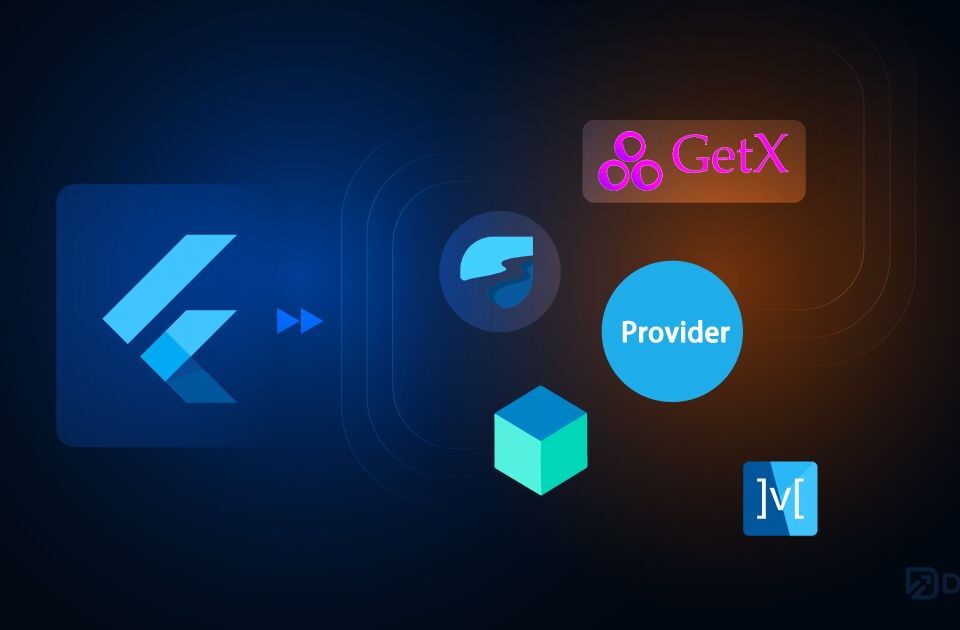
Best Flutter Development Company in Junagadh
14th August 2022
7 Learning Habits for Developers: Reach Skill Goals in Less Time
27th August 2022The core Symbian OS originally provided no user interface. Instead, it was used as the underlying base for two major smartphone UI platforms: S60 and UIQ. These can be regarded as development branches, each backed by different companies. Unlike Android OS with its different cosmetic UIs, Symbian UIs ran deeper in the code and apps written for one of these platforms were not compatible with the other directly. Visually, the S60 and the UIQ had nothing in common and UIQ was created with touchscreens in mind.
UIQ
UIQ (previously called User Interface Quartz) was a pen-based operating system for touchscreen devices. It was developed by a company called UIQ Technology, which was owned by Symbian Ltd. and in 2006 was acquired jointly by Motorola and Sony Ericsson.
The Sony Ericsson P800 – the first UIQ phone – was released in the end of 2002. The UIQ history ended in 2008 when UIQ Technology filed for bankruptcy following the announcements of the open source Symbian Foundation earlier the same year, which had the S60 as the platform of choice.
For that time the platform underwent 7 major revisions:
- Quartz 6.0 (year 2000)
- Quartz 6.1 (year 2001)
- UIQ 2 (year 2002)
- UIQ 2.1 (year 2003)
- UIQ 3 (year 2004)
- UIQ 3.1 (year 2007)
- UIQ 3.3 (year 2008)
The UIQ 3.0 and the ones that followed were all based on Symbian OS 9.0, which meant apps for the new version were no longer compatible with the older phones.
S60
The S60 Platform (previously called Series 60 User Interface) was developed by Noki, but ironically, Sony participated in the development, too.
The pioneering product was the Nokia 7650 and it launched back in 2002. The platform underwent several major revisions since then and lately, it’s been called Nokia Belle instead of Symbian S60.
In January 2013 Nokia officially announced that the Nokia 808 PureView (2012) will go down in history as its last Symbian device.
As the Symbian OS went from one revision to the next, the two major competing user interfaces based on it evolved in versions in similar fashion. With S60 these were called Editions. The S60 3rd edition was based on Symbian OS 9 and the apps for it were binary incompatible with the older versions.
S60 went through several major releases:
- S60 1st Edition (year 2000)
- Feature Pack 1
- S60 2st Edition (year 2001)
- Feature Pack 1
- Feature Pack 2
- Feature Pack 3
- S60 3st Edition (year 2006)
- Feature Pack 1
- Feature Pack 2
- Feature Pack 3
- S60 5st Edition (year 2008)
- Symbian^3 (year 2010)
- Symbian Anna (year 2011)
- Nokia Belle (renamed from Symbian Belle)
- Feature Pack 1
- Feature Pack 2
The S60 5st Edition was the first touch-enabled edition. Nokia artificially skipped the 4th Edition in the lineup as a courtesy to its Asian customers as reportedly, the number 4 is considered unlucky in some Asian cultures.
Besides the individual editions, there were also intermediary updates in-between. These were called Feature Packs. Since some Editions had several Feature Packs, this made the S60 versions even more obscure to the casual user.
In an effort to alleviate the situation, Nokia dropped the S60 name for the future releases of its touch enabled OS and it simply used the name of the underlying version of Symbian. Hence the revamp of the touch-enabled S60 5st Edition became known as Symbian ^3.
In an effort to simplify things even further, for the next two releases, Nokia changed their naming scheme twice. The release following Symbian ^3 was called Symbian Anna and the idea behind it was Nokia would continue the lineup with subsequent female names in alphabetical order.
The idea, however was dumped, and for the next release – Belle – Nokia dropped the word Symbian altogether. Symbian was now called… Nokia. Hence the next edition was named Nokia Belle instead of Symbian Belle.
From there on Nokia stopped all efforts on the development of Symbian and turned its full attention to licensing Microsoft’s Windows Phone.
Mobile Application Development Company in Junagadh





